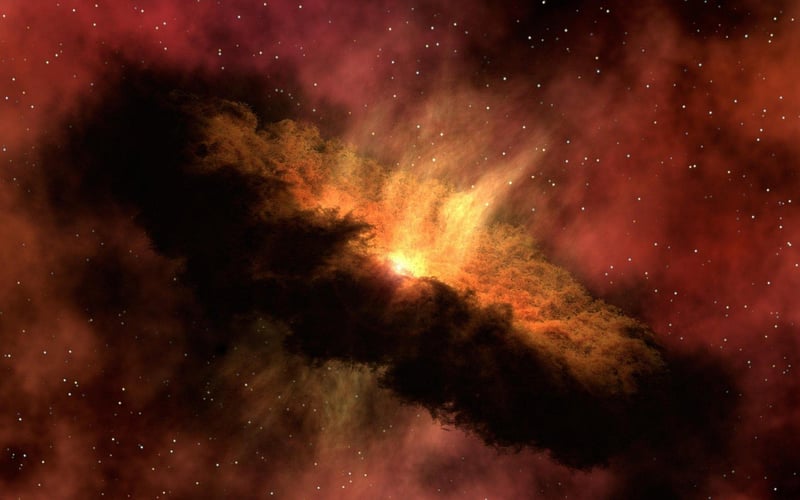Parallel Universes
Exploring Time Realms and Parallel Universes
Time realms and parallel universes have long been subjects of fascination and speculation. The idea that there could be multiple dimensions of time and reality beyond what we perceive in our everyday lives is both intriguing and mind-boggling. Let's delve into the concepts of time realms and parallel universes to better understand these intriguing phenomena.
Time Realms
Time is a fundamental aspect of our existence, governing the sequence of events and the passage of moments. However, some theories suggest that time may not be as linear as we perceive it. Time realms propose the existence of multiple layers or dimensions of time, where past, present, and future coexist simultaneously.
In these time realms, it is believed that time is not a fixed arrow moving in one direction but rather a complex web of interconnected possibilities. This concept challenges our traditional understanding of time and opens up a world of infinite potentialities.
Key Concepts of Time Realms:
- Non-linear time: Time realms suggest that time is non-linear, allowing for different points in time to exist concurrently.
- Multiverse theory: Some theories propose that each moment creates a new universe, leading to a vast multiverse of parallel realities.
- Time travel: The idea of traversing between different time realms or timelines, whether to the past or future, is a common theme in science fiction and theoretical physics.
Parallel Universes
Parallel universes, also known as alternate realities or multiverse, are hypothetical universes that exist alongside our own, each with its own set of physical laws, dimensions, and possibilities. These universes may vary from slightly different versions of our reality to entirely distinct worlds with their own unique characteristics.
The concept of parallel universes stems from quantum mechanics and cosmology, where the idea of an infinite number of universes coexisting simultaneously has been explored. Each universe could potentially have its own version of reality, history, and even versions of ourselves.
Types of Parallel Universes:
- Quantum multiverse: Based on the many-worlds interpretation of quantum mechanics, where every possible outcome of a quantum event occurs in a separate universe.
- Membrane (braneworld) multiverse: Involves multiple universes existing as separate "membranes" floating in higher-dimensional space.
- Inflationary multiverse: Arises from the theory of cosmic inflation, where different regions of space undergo rapid expansion, creating multiple universes.
Both time realms and parallel universes challenge our conventional notions of reality and offer a glimpse into the vast and mysterious possibilities that may lie beyond our current understanding. While these concepts remain largely theoretical, they continue to inspire curiosity and spark the imagination of scientists, philosophers, and science fiction enthusiasts alike.
Exploring the realms of time and the vastness of parallel universes can expand our perspectives and invite us to ponder the profound mysteries of existence.


